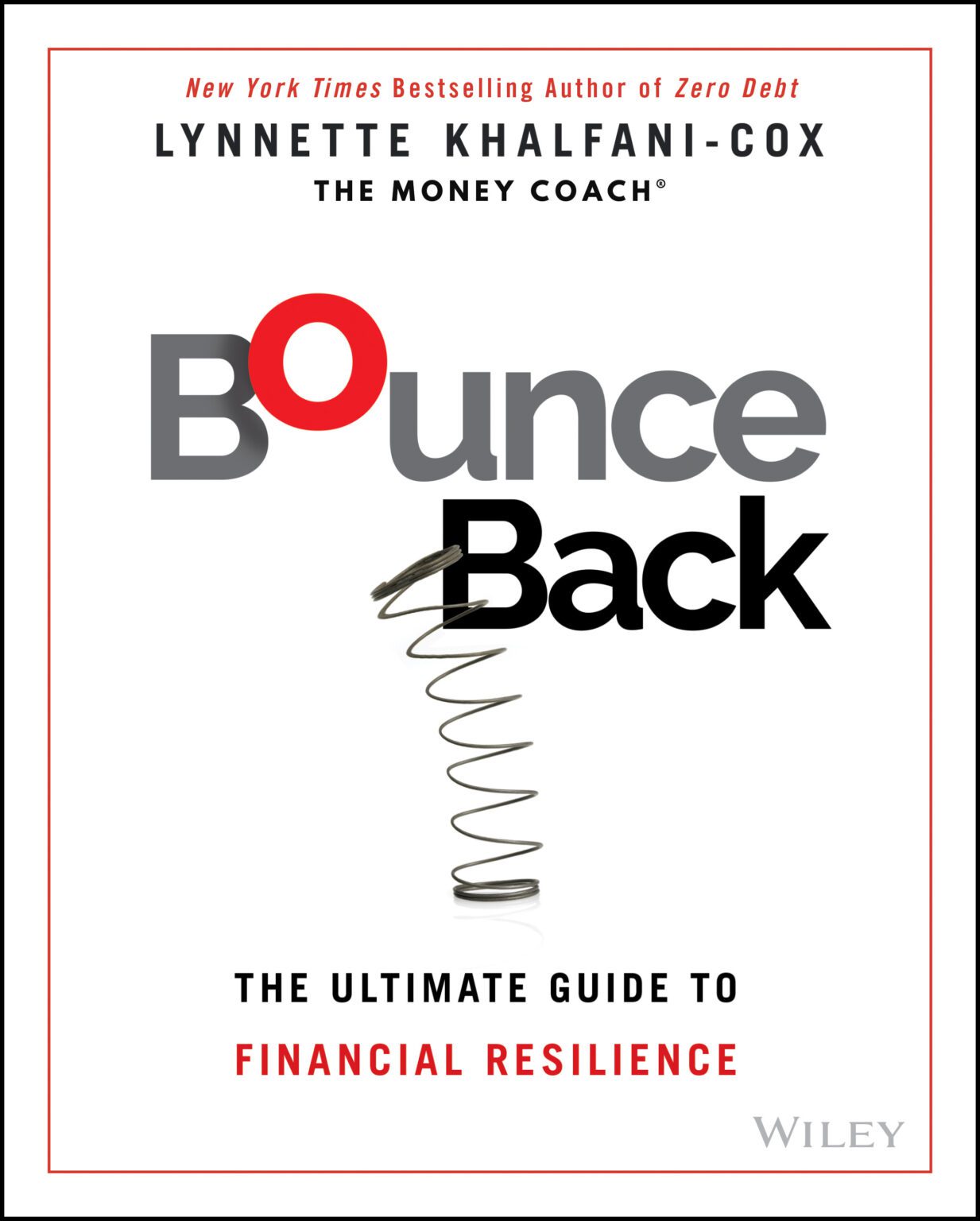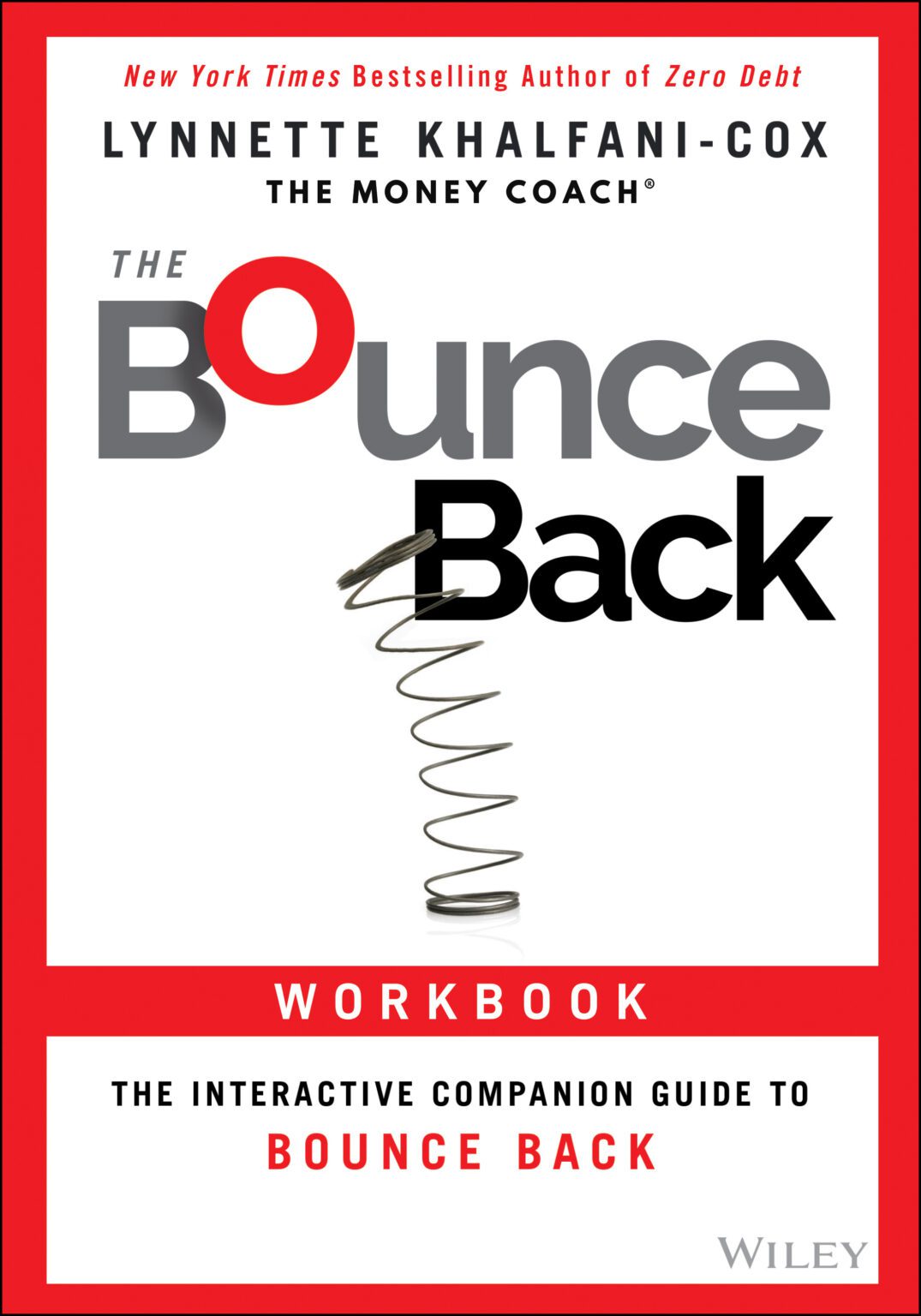While it’s been often said that the two things you can’t escape in life are death and taxes, the IRS actually offers a way out for those behind on their payments.
If you’ve been watching TV or listening to the radio recently, you may have heard ads suggesting that taxpayers who are behind on their payments may be eligible for “an offer in compromise” from the IRS.
If you’re not sure what an offer in compromise is, or even if you’re eligible, you’re not alone.
In a nutshell, an offer in compromise is a tax reduction request to the IRS to significantly reduce your tax bill to the federal government.
In this article, we’ll take a look at an offer in compromise and help you determine if it’s the best course of action for your finances.
What is an Offer in Compromise?
According to the IRS, an offer in compromise allows you to settle your tax debt for less than the full amount you owe. If you find yourself struggling to pay your full tax liability, or find that paying your tax liability may create a financial hardship, an offer in compromise (OIC) can be helpful.
Essentially, you negotiate a new amount and terms of payment for your outstanding tax liability after a formal process with the IRS.
Who can qualify for an Offer in Compromise?
First, you must determine if you’re eligible for an OIC. The qualifications are fairly stringent, but you may qualify if:
- the IRS believes that it will have a hard time collecting your tax liability in full — now or in the future (called “doubt as to collectibility“), and/or
- special circumstances that would cause “economic hardship, and/or
- “doubt as to liability.” If you wish to dispute your tax payment on the grounds that it was assessed correctly, filing Form 656-L is the first step to formally initiating the OIC process with the IRS.
If you’re unsure of whether you are qualified, the IRS has provided its online pre-qualifer tool. Simply enter your status, basic information, assets, income, expenses, and your proposal and you can determine instantly if you have a possibility of qualifying for an offer in compromise.
The OIC Process
Once you’ve determined that you qualify, you can begin the paperwork.
First, begin by completing IRS Form 656, Offer in Compromise.
There’s a $186 application fee, which must be attached to the form. This fee is applied to your tax liability, so you can consider it your first payment.
You may be exempt from paying this fee, however, if your meet certain poverty guidelines. If you claim poverty guidelines, you must submit the Application Fee Worksheet from the Form 656 booklet.
You’ll also have to select a payment method. There are two methods of payments that the IRS offers:
- Periodic Payment: After submitting your initial payment of 20% of your total offer amount and your application. If your offer is accepted by the IRS, you while be set up with monthly installment payments until the balance is paid in full.
- Lump Sum Cash: After submitting your initial payment of 20% (like the periodic payment method) with your application, you wait until the IRS issues written acceptance. Upon acceptance, you then pay the outstanding balance of the offer in five or less payments.
Second, submit your financial information to the IRS using Form 433-A (for individuals) or Form 433-B (for businesses), Collection Information Statement.
Follow the instructions on Form 433 to determine your minimum offer amount that the IRS will consider your reasonable collection potential. Your offer must equal:
- your excess monthly income after expenses (mortgage, utilities, etc.), plus
- the “net realizable value” of your assets
This amount is then multiplied by 12 or 24, as this depends on the payment period you choose (either five months or two years). By following the instructions on Form 433-A (OIC), you show the IRS how you arrived at your minimum offer.
Pros and Cons of an Offer in Compromise
An offer in compromise can be a double-edge sword for many taxpayers. Let’s look at some of the advantages and disadvantages of this tax remedy to your outstanding IRS debt.
PROS:
- More Affordable Payments: An OIC allows you to negotiate your debt to a level that you can reasonably afford. In fact, you may be able to pay off the entirety with one payment or create a payment plan that fits in your budget.
- Ending Collection Activities: An OIC can stop wage garnishment and seizure of assets.
- Longstanding Obligation Resolution: If you’ve had a tax burden for years, an offer in compromise can eliminate the worry that comes owing the IRS and start your journey to financial recovery.
CONS:
- Time and Effort: You’ll need to provide the IRS with a large amount of information, including but not limited to:
- pay stubs
- bank records
- vehicle registrations
- other financial documents
This can be a drain on your time and energy, which may end up costing you more than your tax obligation altogether, especially if your offer in compromise is rejected.
- Acceleration of Collection Efforts: If your OIC is rejected, the information that you disclosed about your assets can give the IRS enough information it needs to accelerate its collection efforts against you. That’s why careful consideration beforehand is necessary to not expose yourself to more pressure from the IRS.
- Waiving Your Tax Credits and Benefits: If you file for an OIC, you lose the ability to claim tax credits and benefits (like the Earned Income Tax Credit, or EITC) during the following year. This is critical for those that use credits and benefits as part of their tax or money-management strategy.
- Public Record: Once your offer in compromise is accepted, an OIC becomes part of the public record, and anyone can find out that you settled your tax debt in this manner. If you prefer to keep your financial transactions private, you lose this privilege when you make an offer in compromise on your tax obligation.
My OIC was rejected – now what?
The IRS must give you a written explanation if your offer is not accepted. The IRS usually rejects offers in compromise for one of two reasons:
- The offer is too low
- You are deemed a “notorious” character — for example, you’ve been convicted of a serious crime.
If the offer is too low, the IRS letter will state what amount they determine is acceptable. You are also entitled to a copy of the report that lists the factors that caused the rejection by the Freedom of Information Act.
Once you find out the reason why your OIC was rejected, consider resubmitting your offer. The IRS’ revenue officer or special procedures officer may be able to assist you with modifying your OIC for acceptance.
Also, you won’t have to resubmit your Form 656 if:
- you submit a new offer within a month,
- your financial circumstances have not changed significantly, and
- the new offer is not drastically different from your previous OIC submission.
In addition, writing a letter to the IRS can be helpful to change your offer. Simply state that you wish to change your offer by increasing the amount of cash.
However, to submit a significantly different offer, you will need to complete another Form 656.
Appealing your rejected Offer in Compromise
You also have the ability to formally appeal a rejected offer in compromise within 30 days by filing IRS FORM 13711, Request for Appeal of Offer in Compromise. Bear in mind that your appeal will not be seriously considered unless all of the following are true:
- you furnished all of the requested data by the IRS during the processing of your offer,
- you have filed all past tax returns, and
- you are up-to-date on your tax payments for the present year. Self-employed people must have made all quarterly estimated tax payments; employers must have made all payroll tax filings and deposits.
There is also another method which takes a bit more finesse, so to speak.
You can call the person who signed the rejection letter and try to persuade them to change their mind. Often, instead of forwarding appeals to the Appeals Office (which costs more resources for the IRS), the IRS will reconsider your offer and negotiate a different terms for your OIC.
In conclusion, an offer in compromise can be a viable option when it comes to resolving outstanding tax liability owed to the IRS if you qualify. However, it is not the only one available to taxpayers.
Collection Statute Expiration Date
There is something called the Collection Statute Expiration Date (CSED), which prevents the IRS from collecting taxes from you after a period of 10 years has elapse.
This can be a valuable strategy to avoid outstanding debt.
Bear in mind, however, that the IRS’ consideration of an OIC affects the CSED, freezing the timeframe in place while your submission is reviewed.
If you have an older liability, it might be a bad idea to pursue an offer in compromise because the CESD is about to expire. That’s one reason why it can be helpful to get advice or direct help from tax attorneys or specialists who are accustomed to dealing the Internal Revenue Service.
Ultimately, it comes down to the specific nature of your finances whether to consider an offer in compromise.
Knowing that there can be extreme benefits and also hidden detriments may make you a more informed taxpayer if you decide to approach the IRS with an offer in compromise proposal.








